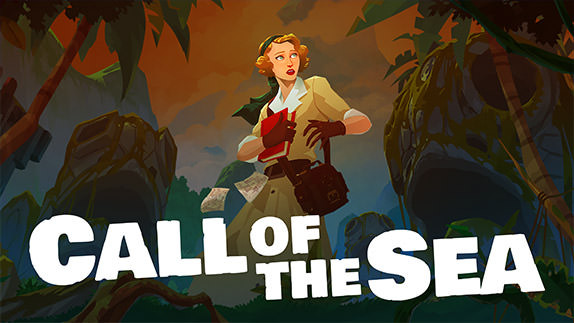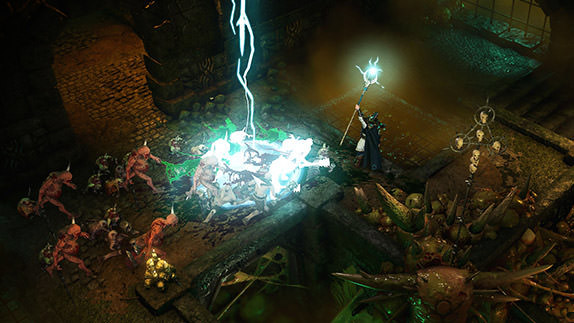Samurai Warriors: Spirit of Sanada Review

 By Marcus Jones
Posted on May 25, 2017
By Marcus Jones
Posted on May 25, 2017
Koei Tecmo is working hard to change everyone's minds in regards to the Warriors series, branching out with titles like Spirit of Sanada. While still part of the company's formulaic approach to the Sengoku Period of Japan, Spirit of Sanada sees the company trying various new aspects to add some new gameplay to their tried and true approach.
The game does ultimately like a somewhat new approach to Koei Tecmo's classic Samurai Warriors styled games. Much of it is reminiscent of Samurai Warriors 2 especially in my mind, but with a neat twist. Rather than follow several different protagonists over several times or battles of history, Spirit of Sanada focuses primarily on the Sanada family. Yukimura, perhaps the most well known of the Sanada clan, is of course involved but not only the Sanada you spend time playing as. Granted, I'm not necessarily the biggest fan of Yukimura and his story with the Takeda Clan, it was a definite positive change of pace in letting me see new periods, characters, and aspects of the feudal era as Koei Tecmo worked to showcase the Sanada clan's accomplishments.
To be blunt, the core gameplay of the Warriors franchise feels much the same overall, but with a few new twists. Combat is still very Warriors-style hack and slash using the Square and Triangle buttons to deliver combos of normal and heavy attacks. Circle still performs sweeping Musou attacks while Cross will jump. Ultimately the goal is to run around battlefields racking up thousands of kills, leveling your character, and generally being some superhuman in ancient Japan. What really starts to change some of the monotony is the inclusion of the deployable stratagems during battle and distinct time limits as noted by the passage of time (ie day into night). Stratagems can range from delaying an enemy's appearance to speeding up the process of opening gates, but all rely on using "coins" from your Six Coins (part of the Sanada family crest). These coins are earned by completing major feats of skill or random side objectives, or even prior to battle by gaining intel through talking to others.
The inclusion of stratagems, new and sudden mission challenges, and the passage of time itself during battles at least help to freshen it up some, but Koei Tecmo has overhauled a few more things. Previous Warriors games have been using base camp setups, giving players the ability to go back into local towns or camps and work on powering weapons up or learning more about their world. Spirit of Sanada continues this new tradition, offering up small towns to explore and people to talk to. However, outside of towns there are sometimes new places to explore; these little outskirt areas are essentially a series of mazes available to explore. In them, you'll be able to find several collectible items that can be used in upgrading equipment and more. There will also be some minor side quests at times, which completing can help power up your Six Coins gauge or reward you with even more money. These maze-like areas though kind of feel pointless when you're always forced to rush through on limited time.
In addition to the new overworld map and small explorable areas, Koei Tecmo also took the time to break up battles somewhat. The game still follows a set, ordered path of battles, but they are not all one after the other now. In fact, some are split up across multiple battlefields as you work to accomplish an overarching objective. It gives some flexibility to an otherwise rigid progression system.
Simply Put
Samurai Warriors: Spirit of Sanada is at least a somewhat fresh take on the Warriors system. It's still enjoyable and it offers some new elements, even if the overall affair is what we've come to expect from these games. Some major added benefits though include the game's more polished graphics and ability to render even more enemies on screen. It makes some of those battles truly feel gigantic.
Note: Samurai Warriors: Spirit of Sanada was reviewed on PlayStation 4. A digital copy of the game was provided by the publisher/developer.




